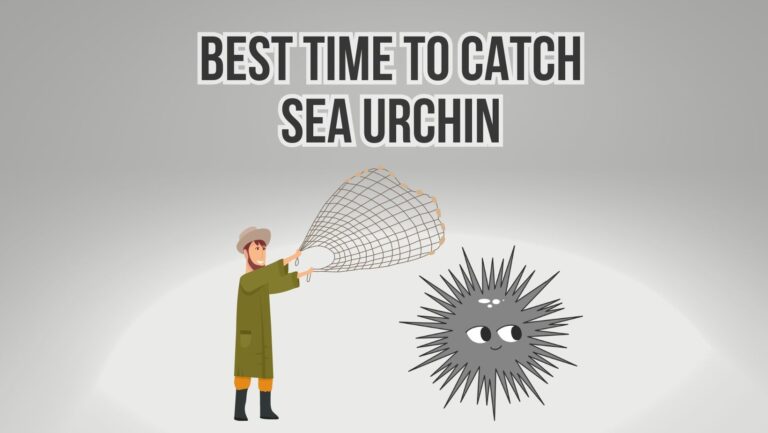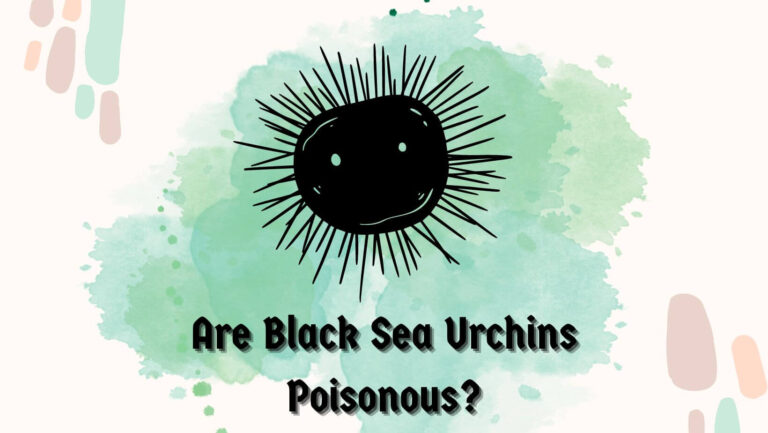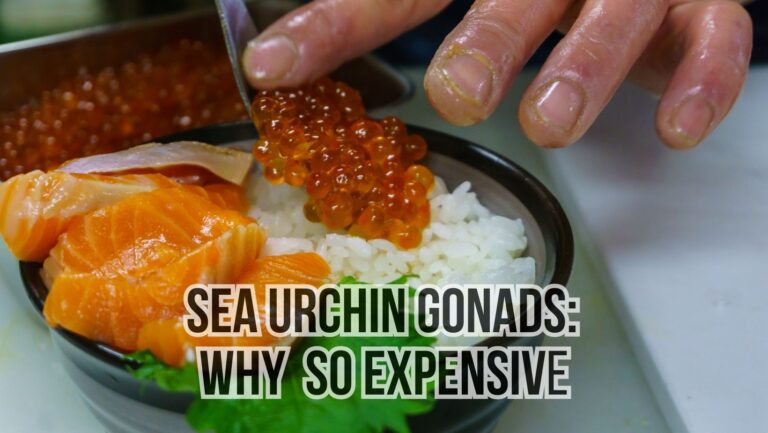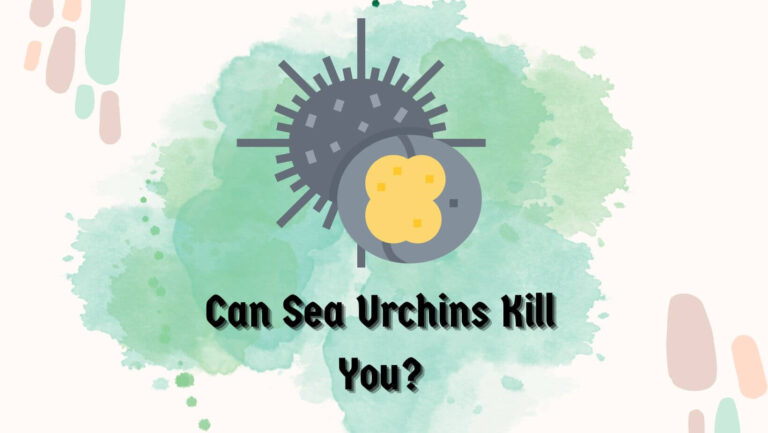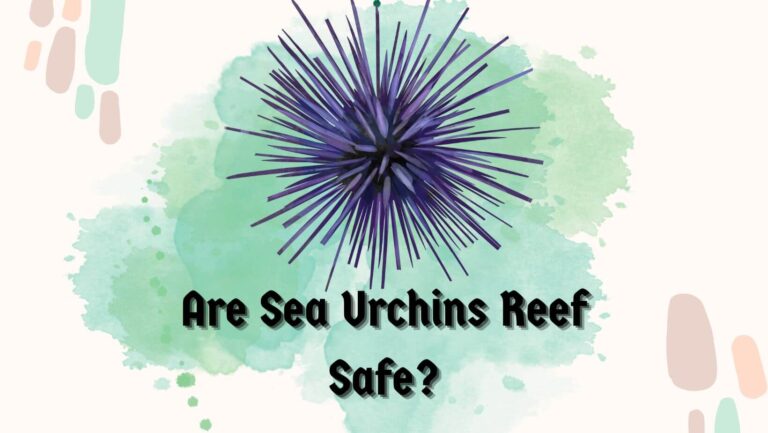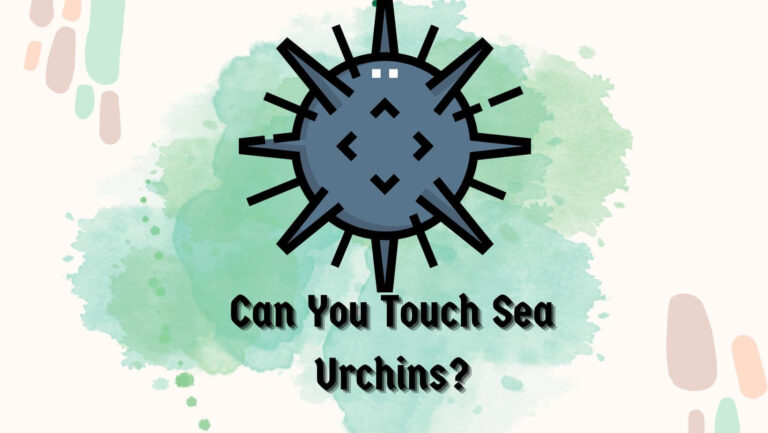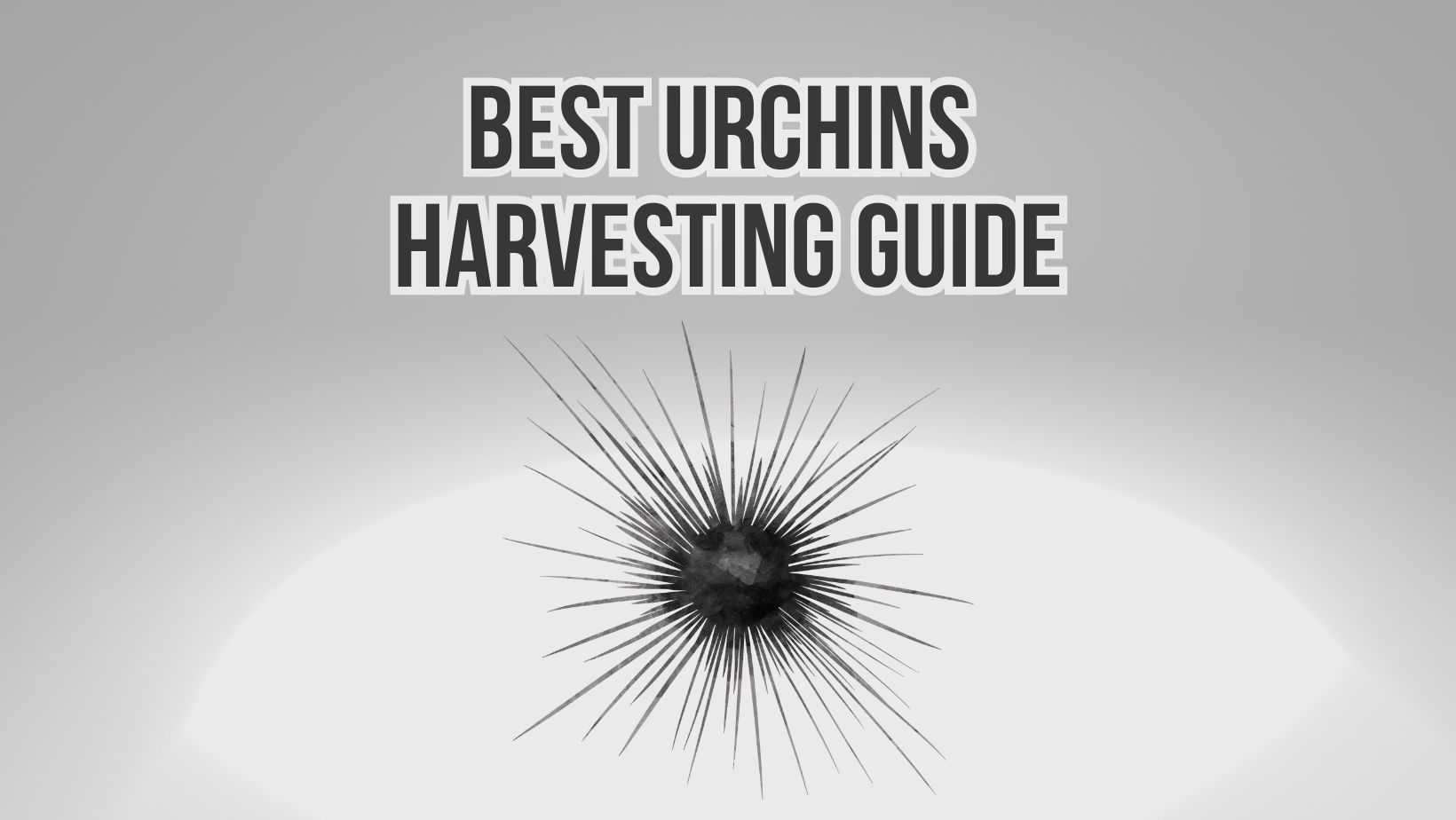
Sea urchin harvesting is the process of collecting sea urchins from their natural habitats, primarily for commercial purposes. Sea urchins are spiny marine animals that belong to the echinoderm family. They are found in oceans worldwide and are known for their distinctive appearance and intricate internal structure.
7 Reasons why sea urchins are harvested
The harvesting of sea urchins involves several steps and is carried out for various reasons.
Here’s an explanation of how and why sea urchins are harvested:
- Culinary Delicacy: Sea urchins are harvested for their edible roe, known as uni. Uni is considered a culinary delicacy and is highly prized in many cuisines, particularly in Japanese and Mediterranean dishes. The rich and creamy texture, along with its unique flavor, makes uni a sought-after ingredient in high-end restaurants and seafood markets.
- Ecological Balance: Sea urchins play a vital role in maintaining the ecological balance of marine ecosystems. They feed on algae and seaweed, preventing overgrowth that can be detrimental to other marine organisms. Harvesting sea urchins can help manage their population and preserve the health of the ecosystem.
- Commercial Fishing: Sea urchins are harvested for their edible roe, commonly known as uni. Uni is a prized delicacy in many cuisines, particularly in Japanese and Mediterranean dishes. The demand for uni in high-end restaurants and seafood markets has led to commercial sea urchin harvesting.
- Hand Harvesting: Sea urchins are primarily harvested by divers or hand-pickers. Divers equipped with protective gear enter the water and manually collect sea urchins from the ocean floor. Care is taken to ensure the sustainability of the population by leaving behind a sufficient number of sea urchins to reproduce and maintain the ecosystem’s balance.
- Seasonal Harvesting: Sea urchins are often harvested during specific seasons when their roe is at its peak quality and flavor. This practice helps ensure the availability of the highest quality uni for consumers.
- Processing and Distribution: Once harvested, the sea urchins are carefully handled to extract the roe. The roe is then cleaned, graded, and packaged for distribution to seafood markets, restaurants, and other buyers. It is crucial to maintain proper handling and storage conditions to preserve the quality and freshness of the uni.
- Sustainable Practices: To prevent overfishing and depletion of sea urchin populations, sustainable harvesting practices are encouraged. This includes adhering to catch limits, monitoring population levels, and implementing regulations to protect the species and their habitats.
- Environmental Impact: It is essential to consider the potential environmental impact of sea urchin harvesting. Unregulated or excessive harvesting can disrupt the delicate balance of marine ecosystems. Therefore, sustainable management practices and conservation efforts are crucial to mitigate any negative effects on the environment.
Sea Urchins Harvesting Process
The process of harvesting sea urchins typically involves the following steps:
- Identification and Selection: Harvesters need to identify suitable areas where sea urchins are abundant. They often look for rocky coastal areas or reefs known to harbor sea urchin populations. Once a suitable location is found, harvesters select the sea urchins based on their size and quality.
- Preparation: Harvesters equip themselves with the necessary gear, including wetsuits, gloves, and sometimes diving equipment, depending on the depth of the water. They may also carry tools such as rakes or specialized devices designed to safely handle sea urchins without harming themselves or the creatures.
- Diving and Collection: Harvesters enter the water and dive down to the ocean floor where sea urchins reside. Care is taken to avoid damaging the surrounding marine environment. Harvesters carefully pick up the sea urchins one by one, ensuring they do not remove all individuals in an area to maintain population sustainability.
- Sorting and Storage: After collecting the sea urchins, harvesters sort them based on their size, quality, and market demand. Damaged or undersized sea urchins are usually discarded. The harvested sea urchins are then stored in containers or bags filled with seawater to keep them alive and maintain their freshness during transportation.
- Processing: If the primary objective is to harvest the sea urchin roe (uni), the sea urchins are carefully handled to extract the roe. This involves cracking open the shell and removing the inner parts, including the roe. The extracted roe is further cleaned, processed, and prepared for distribution.
- Packaging and Distribution: The harvested sea urchins or processed roe are packaged and transported to seafood markets, restaurants, or other buyers. Proper packaging and storage techniques are employed to maintain the quality and freshness of the sea urchins during transit.
It’s important to note that specific techniques and regulations for sea urchin harvesting may vary depending on the region, local laws, and sustainability practices. Adhering to sustainable harvesting methods helps ensure the long-term viability of sea urchin populations and protects the marine ecosystem.
How Do You Gather Sea Urchins?
Sea urchins can be gathered using several methods, but the most common approach is through manual collection by divers or hand-pickers. Here’s an overview of how sea urchins are gathered:
- Equipment Preparation: Harvesters typically equip themselves with the necessary gear before entering the water. This may include wetsuits or drysuits, gloves, and sometimes diving equipment such as masks, snorkels, or scuba gear, depending on the depth and conditions of the location.
- Identification and Location: Harvesters identify suitable areas where sea urchins are abundant. They often search for rocky coastal areas, reefs, or kelp forests known to be home to sea urchin populations. Local knowledge or research helps in determining the optimal locations for harvesting.
- Diving or Accessing the Seafloor: Harvesters enter the water and swim or dive down to the seafloor where sea urchins reside. They may swim or descend with the help of diving equipment to reach the desired depth. Care is taken to ensure safety and to minimize any disturbance to the surrounding marine environment.
- Manual Collection: Once at the seafloor, harvesters manually gather the sea urchins. They carefully pick up the sea urchins one by one, being mindful of the spines and avoiding any contact that may harm themselves or the creatures. It’s important to handle the sea urchins with care to avoid injuries and preserve their quality.
- Selection and Quantity Control: Harvesters may select specific sea urchins based on their size, quality, or market demand. In some cases, regulations or fishing guidelines are in place to ensure sustainable harvesting practices. Harvesters also need to be mindful of leaving behind a sufficient number of sea urchins to maintain the population and ecological balance.
- Storage and Transportation: Harvested sea urchins are typically stored in containers or bags filled with seawater to keep them alive and maintain their freshness during transportation. The sea urchins are handled carefully to prevent damage and preserve their quality until they reach their destination.
How Are Sea Urchin Spines Harvested?
Sea urchin spines are not typically harvested as a separate product or resource. When sea urchins are harvested for their edible roe (uni) or for ecological management purposes, the focus is primarily on the sea urchin itself rather than its spines. However, it is worth noting that sea urchin spines can have commercial applications in certain industries, such as crafts or jewelry.
If there is a specific need to gather sea urchin spines, the process would involve careful handling and extraction. Here’s a general outline of how sea urchin spines can be harvested:
- Safety Precautions: It’s important to wear protective gear such as gloves to prevent injury from the sharp spines. Sea urchins have sharp, pointed spines that can puncture the skin, so taking precautions is necessary.
- Obtaining Live Sea Urchins: Sea urchins are typically collected or purchased alive. This ensures that the spines are intact and not damaged or broken.
- Removal of Spines: To harvest the spines, each sea urchin needs to be carefully handled. One method involves gripping the sea urchin with a gloved hand and gently applying pressure to the base of the spines. With a twisting or pulling motion, the spines can be gradually removed from the sea urchin’s body.
- Cleaning and Drying: Once the spines are removed, they can be rinsed to remove any debris or organic matter. After cleaning, the spines can be spread out to dry in a well-ventilated area. Drying helps prevent mold or bacterial growth.
It’s important to note that the harvesting of sea urchin spines is not a common practice, and the spines are usually considered a byproduct of other sea urchin-related activities. The primary focus of sea urchin harvesting is typically on their roe (uni) or their role in ecological management.
Summary
Sea urchin spines are not just harvested as a separate product. When sea urchins are gathered for their roe or ecological management, the spines are not the primary focus. However, if there is a need to collect sea urchin spines, safety precautions are essential, and protective gear should be worn. The spines can be carefully removed from live sea urchins by applying pressure and using a twisting or pulling motion. Once removed, the spines can be cleaned and dried. It’s important to note that harvesting sea urchin spines is not a widespread practice, and they are usually considered a byproduct rather than a targeted resource.

